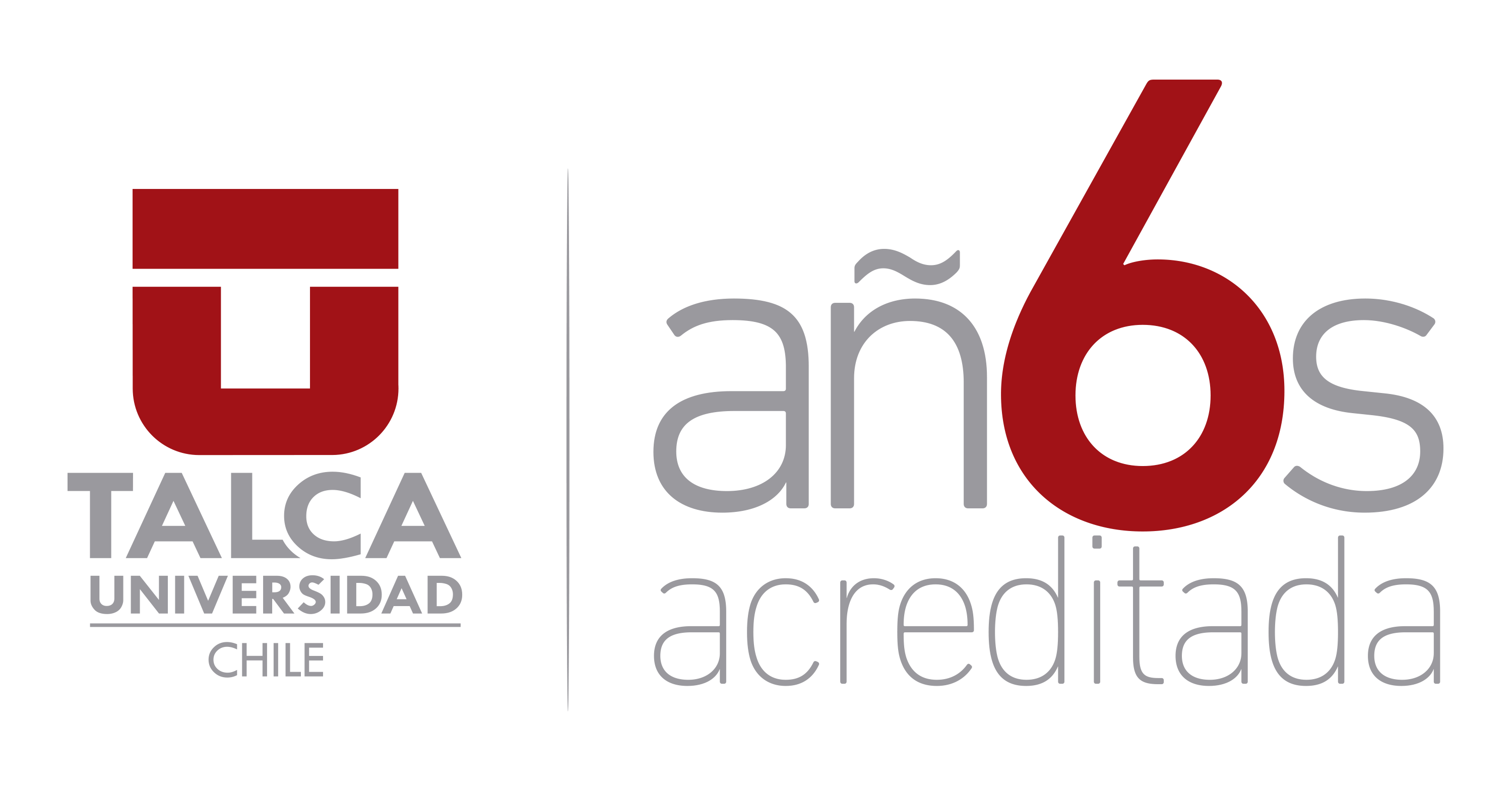A Glimpse into the Soul of Vietnam
Nestled within the coronary heart of Southeast Asia lies a rustic wealthy in tradition, historical past, and custom – Vietnam. But what really units this nation aside is its individuals. With a inhabitants of over ninety five million, the Vietnamese are a diverse and dynamic group, each with their very own distinctive traits and quirks. Let’s dive into the fascinating world of Vietnamese folks and explore what makes them actually special.
Warm Hospitality and Kindness
One of the first stuff you’ll notice when interacting with the Vietnamese individuals is their unparalleled hospitality. Known for his or her warm smiles and welcoming nature, the Vietnamese take nice pride in treating visitors like household. Whether you are sharing a meal at a local eatery or in search of directions on the bustling streets of Hanoi, you’ll be able to always depend on the kindness of the Vietnamese individuals to information you with a genuine sense of care and compassion.
Strong Sense of Community
In Vietnam, the concept of group runs deep within the veins of society. Families are tight-knit, with a number of generations usually living beneath the identical roof. This sense of unity extends beyond the family and into the neighborhood, the place neighbors look out for each other and lend a helping hand in occasions of need. The Vietnamese believe in the energy of collective help, fostering a strong sense of camaraderie and togetherness that’s really heartwarming to witness.
Resilience in the Face of Adversity
Throughout historical past, the Vietnamese folks have faced their fair proportion of challenges and hardships. From wars and invasions to pure disasters and economic struggles, the resilience of the Vietnamese spirit shines via in occasions of adversity. Despite the obstacles they may encounter, the folks of Vietnam display a remarkable capacity to adapt, persevere, and emerge stronger on the other facet.
Passion for Food and Tradition
No discussion of Vietnamese tradition could be complete with out mentioning the nation’s wealthy culinary heritage. Vietnamese cuisine is a delightful fusion of flavors, textures, and aromas that vietnamese physical characteristics members mirror the variety of the nation’s areas. Whether it’s a steaming bowl of pho, a fragrant plate of contemporary spring rolls, or a velvety cup of egg espresso, the Vietnamese individuals take immense delight of their meals and the traditions that encompass it. Sharing a meal isn’t just about nourishment; it is a celebration of life, love, and the joy of coming together.
Embrace of Nature and Spirituality
Nature performs a pivotal function in the lives of the Vietnamese individuals, who have a deep-rooted connection to the land and its sources. From the terraced rice fields of Sapa to the pristine seashores of Phu Quoc, Vietnam’s pure beauty is a source of inspiration and reverence for its inhabitants. The Vietnamese also hold a profound respect for non secular beliefs and practices, blending elements of Buddhism, Taoism, and Confucianism into their day by day lives. Temples, pagodas, and ancestral shrines dot the landscape, providing sanctuary and solace to those in search of steerage and enlightenment.
In Conclusion
The Vietnamese individuals are a vibrant tapestry of traditions, values, and experiences that have formed their identity and resilience over the centuries. From their warm hospitality and robust sense of group to their ardour for meals, nature, and spirituality, the Vietnamese embody a spirit of resilience, adaptability, and unity that is really inspiring. So the next time you finish up in Vietnam, take a moment to connect with the locals, savor the flavors of the cuisine, and immerse yourself in the wealthy tapestry of culture that defines this remarkable nation and its individuals.
FAQ
-
What are some frequent traits of Vietnamese people?
Vietnamese persons are known for their hospitality, respect for elders, robust sense of household values, and hardworking nature. They are additionally sometimes reserved and modest in their demeanor. -
How does the concept of "saving face" affect Vietnamese behavior?
"Saving face" is a key side of Vietnamese tradition, where individuals often prioritize preserving their popularity and avoiding public embarrassment. This can affect their interactions, decision-making, and conflict decision methods. -
In what methods do Vietnamese folks present respect in path of their elders?
Vietnamese individuals show respect in the path of their elders through gestures similar to bowing or using formal language, seeking elders’ recommendation and approval, and taking care of them in their old age. -
How do Vietnamese individuals value education?
Education is very valued in Vietnamese tradition, with many families prioritizing their children’s educational success. Parents often make significant sacrifices to support their kids’s schooling, viewing it as a pathway to upward social mobility. -
What position does group and collective concord play in Vietnamese society?
Vietnamese society locations a strong emphasis on neighborhood and collective harmony, valuing cooperation, consensus-building, and maintaining social cohesion. Individuals are expected to contribute to the well-being of their community and prioritize the group’s pursuits over particular person desires. -
How do Vietnamese folks express their cultural id by way of traditions and customs?
Vietnamese individuals keep their cultural id through practices similar to celebrating conventional festivals (e.g., Tet, Lunar New Year), consuming conventional delicacies, carrying conventional clothing (ao dai), and performing cultural rituals and ceremonies. -
What are a variety of the challenges dealing with Vietnamese individuals in the fashionable world?
With speedy modernization and globalization, Vietnamese individuals face challenges similar to balancing conventional values with altering societal norms, adapting to new technologies and modes of communication, and navigating economic disparities and social inequalities.
